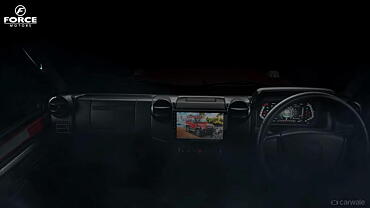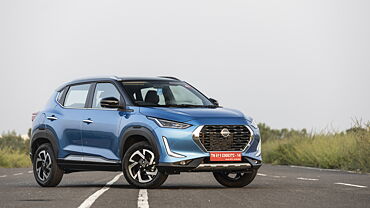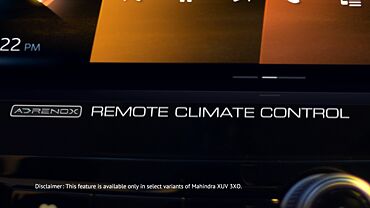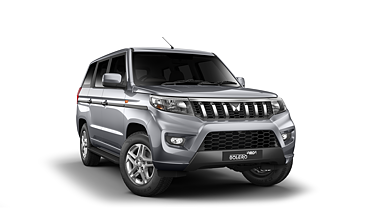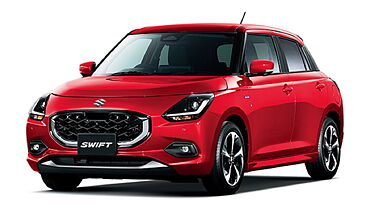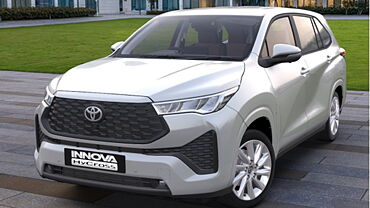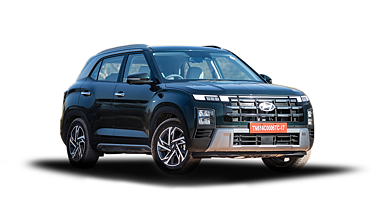Google has been a strong brand that has been associated with major technical developments across the globe. Recently, the tech biggie has been spotted testing Lexus RX 450H SUV's that have been programmed to navigate city streets without a physical driver's intervention. The challenges included everything you would find in an urban scenario including berserk bicyclists and jaywalkers. The technology may be thrown open to the public sometime in 2017, provided the technology successfully completes the tasks assigned.
Chris Urmson, said, “We're growing more optimistic that we're heading toward an achievable goal - a vehicle that operates fully without human intervention.” The post relating to the project that is stated to be a part of company's secretive Google X lab, has been present on the official website since 2012. At the initial level, human intervention would be required to take control in case the computer fails to do its job. As the technology progresses, the driver may rest, watch a movie or work while commuting. David Alexander, a Senior Analyst with Navigant Research, said, “I think the Google technology is great stuff. But I just don't see a quick pathway to the market.”

The programmed Lexus RX450H SUV's feature a small tower over the roof that makes use of laser to map the details of the area. Automakers may probably be unhappy with the new addition as it affects the overall vehicle styling and they have been working on embedding the technology within the vehicle design. Google has not decided as to how it would market this new technology. Similar to the Android technology launch a while ago, Google may work with major car-makers on this new technology. For now, the programmed vehicles have clocked about 700,000 miles (11,26,000 kilometers) in self-driving mode, that includes driving on freeways too.
Google has found a smart way to tackle with cyclists - the programmed cars has saved the experiences encountered during the 10,000 miles (16,000 kilometers) journey. This is expected to help the car in navigating the path accordingly and react to unexpected situations accordingly. Moreover, reportedly the car is also capable of reading stop signs. For this, Google had to map the globally acknowledged stop signs, this also included signs held by school crossing guards. Mass scale usage of this application is still due to begin, but given the recent development, the day does not seem to far off when it can be used on a mass scale.



